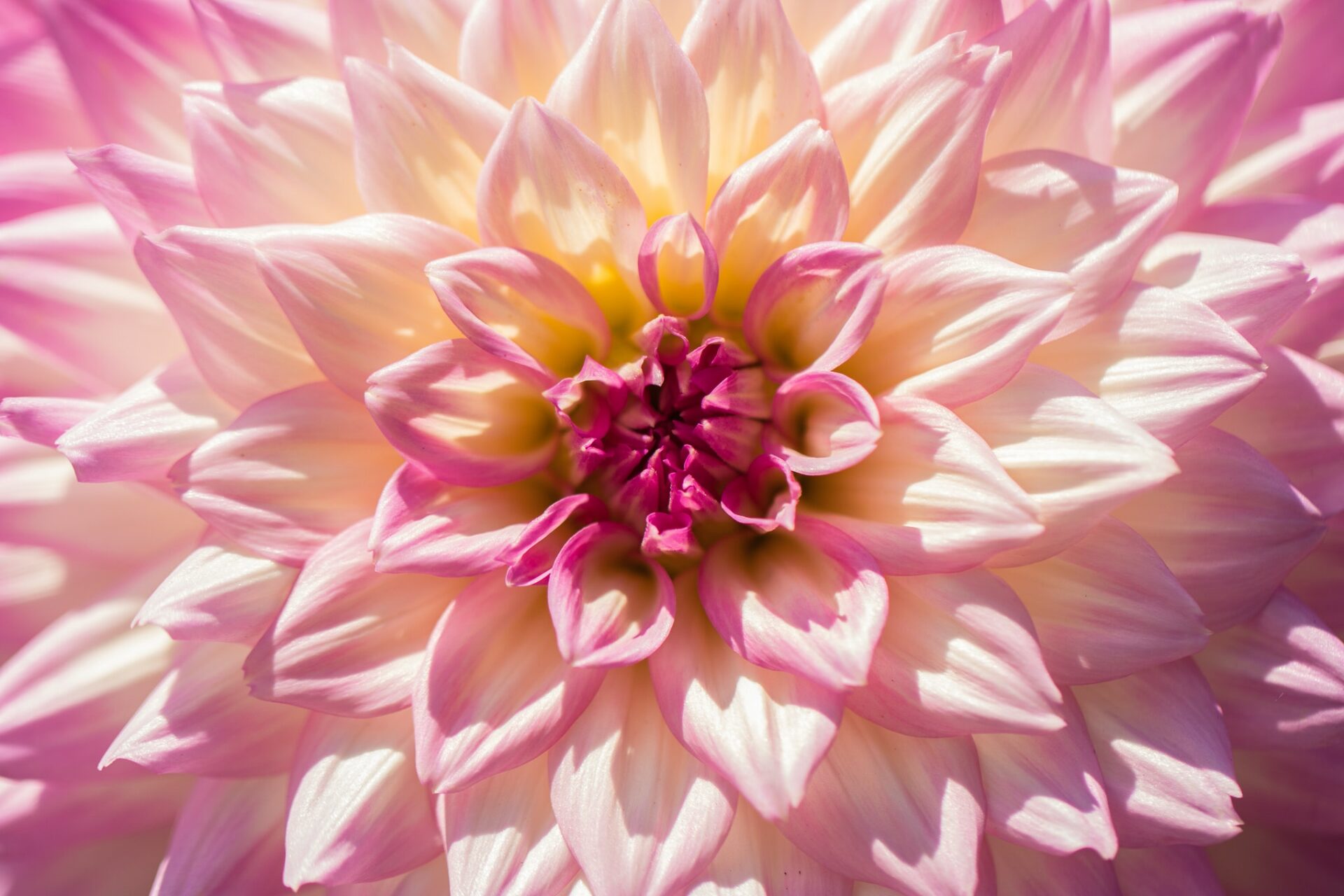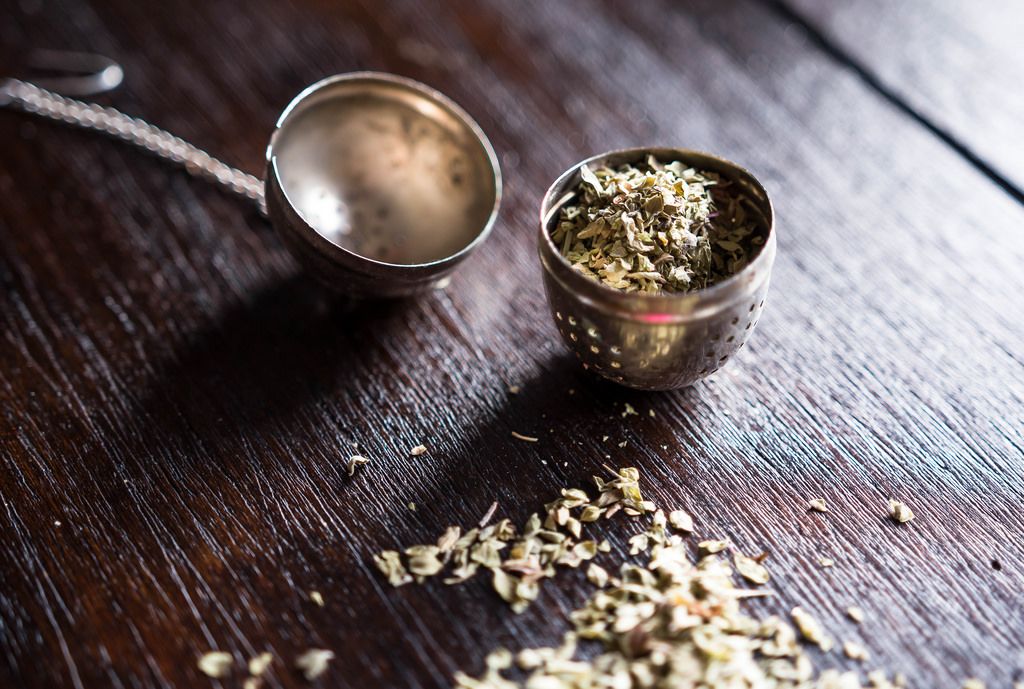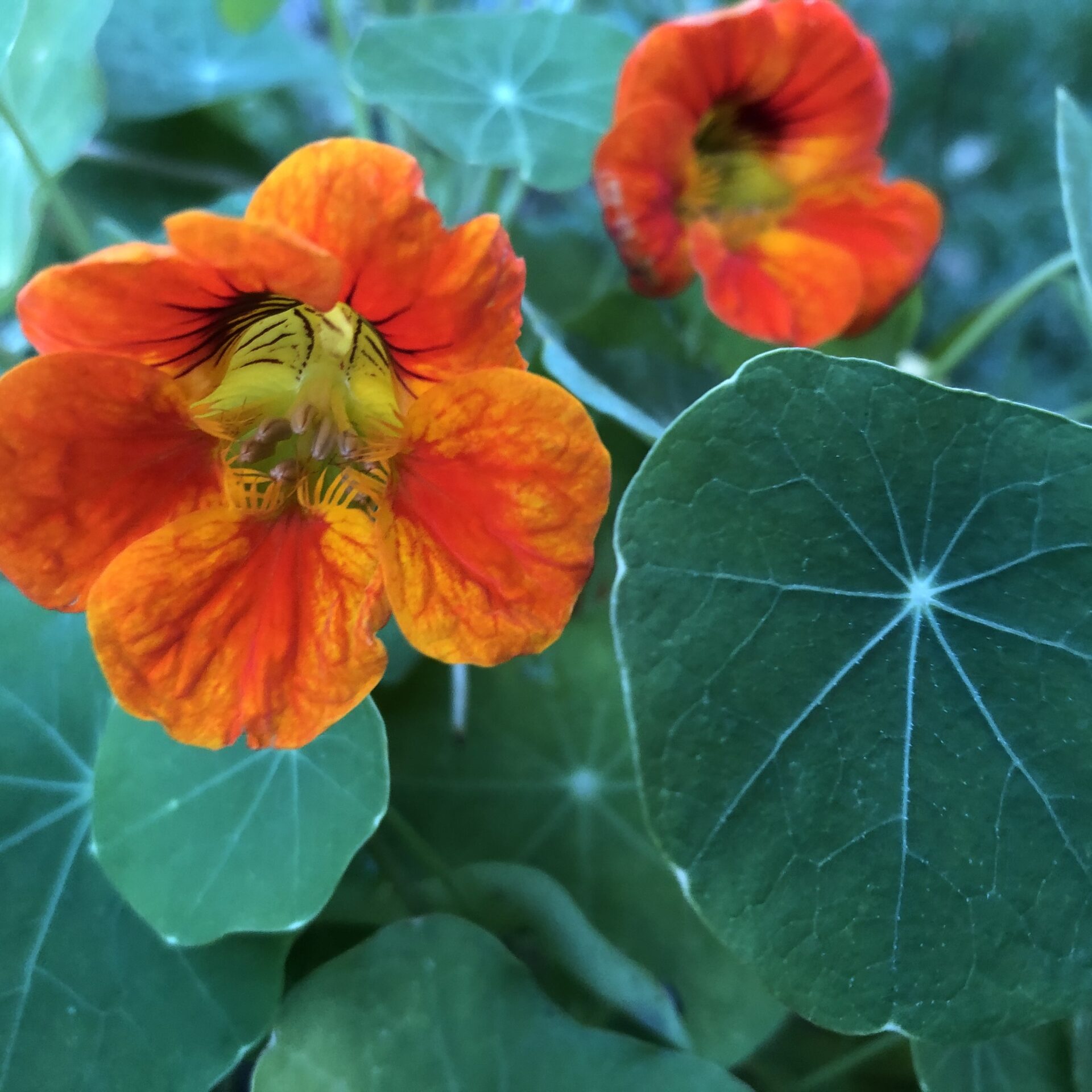In the world of mortals, beautiful scenery of painting in painting
Wind, rain and sunset of buildings outside building
In the tree, yellow oriole sings a song at night
On the hedgerows, white chrysanthemums proud of three autumns in sun light
Luo Zhihai
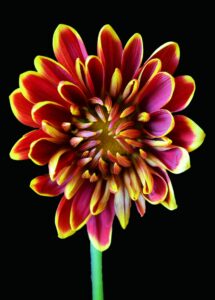
Many of the flowers we adore bloom in Spring or some come along in Summer when the sun is at its brightest. But the flower of November graces us when the nostalgia of Fall is setting in and Winter is just around the corner. The chrysanthemum blooms. Or “mum” for short. A hardy friend and supportive medicine. We’re going to share with you all the ins and outs of this long-used and cultivated plant. From its history, to best growing tips and bringing it home with ways to use chrysanthemum to nourish your own health.
History
Chrysanthemum was cultivated in China as early as the 15th century B.C. where it was eaten in salads and used as an herbal remedy for a number of indications. A chrysanthemum drink was brewed as a festive tea and the city ChuHsein was named after the revered flower. Around the 8th century A.D., the chrysanthemum made its way over to Japan where it too was welcomed in an honourable way. The flower became the official crest of the emperor and there was even a festival dubbed on chrysanthemum day called the festival of happiness.
During the 17th century, the flower was introduced to the Western world. Swedish botanist, Carl Linneus, gave the flower its common name today. He combined the Greek words chrysos (gold) and anthemon (flower) to get Chrysanthemum. Today, the plant is naturalized and cultivated all over the world from Asia to Europe and the United States.
Growing tips
If you are interested in growing this “gold flower,” it won’t take much work and the color varieties are glorious. Chrysanthemums are perennial plants that reside in the Asteraceae family, commonly known as the daisy family. You can purchase root cuttings or small plants in the spring and plant them outside once there are no longer warnings of frost.
They are wonderful border plants and enjoy the sun, however, a little shelter is necessary for the flowers to thrive. Maybe plant in the shadow of another larger border plant. Choose a spot with well-drained soil that remains a bit moist. Fully-decomposed compost is a delicious treat for chrysanthemums and is highly recommended. You’ll want to water them regularly when the weather gets hot, but no need to feed them more compost once the flowers start to bloom.
Once the threat of frosty weather starts to arrive, be sure to replant them in indoor pots to keep them warm throughout the winter. If you have a greenhouse, that is a lovely spot for them to hang out as well.
Folklore/Symbolism
So many cultures honor this flower and express its symbolism in many different ways.
In China, the chrysanthemum is considered to give the “power of life” when taken as tea. In ancient Greece, the flowers were worn as garlands to keep evil spirits away. The mum is still used today as a protective garden border to gently deter any wandering spirits. Tearing a page from the ancient Greeks, a wreath of the flower can be hung on a doorway, altar or worn around the head as protection.
Believed to have powerful yang energy, the Japanese ofter use the flower as an offering. And over in Australia, chrysanthemums are a gift on mother’s day. Some mums for the mums. 🙂 Apart from the life-giving power that comes from the chrysanthemum, it is also a gift of death. In Austria and Belgium, the flower is placed on graves of loved ones to honor their memory.
So many traditions and representations of the flower with a big personality.
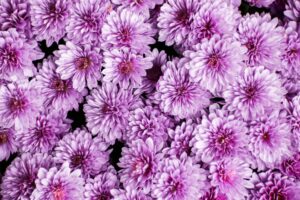 Medicine
Medicine
Covering a wide range of ailments, chrysanthemum medicine has been used for thousands of years. In Eastern medicine, mums were used to support the liver, lungs, kidney, and spleen. Clearing out heat in the body is a common job for the mum, especially in the liver or with a flu accompanied by fever.
Chrysanthemums are considered to have cooling properties so a tea can support inflammation or help restore balance to high blood pressure. Extracts of the flower can be nourishing for anybody with osteoporosis.
Flower remedy info/Homeopathic
For homeopathy, there are similar indications that chrysanthemum is used for. Some include fevers, headache, and arthritis. As for the flower essence, since mums have such a relationship with life and death, essence therapy can help ease one’s journey towards the end of their life.
In this regard, chrysanthemum essence can be helpful for someone who is struggling with inner peace. Acceptance is a prominent theme for mum therapy, especially for those who have a hard time accepting their older identity. Mum flower essence opens the door to a more spiritual side of a person.
So as the winds of changing seasons blow, chrysanthemums remind us of that balance between life and death. They are the line between the life-giving summers and energy-conserving winters. We sip the gentle tasting tea as we put on a cardigan. We feel its ancient energy flowing through us. Accepting where we are on our journey.

